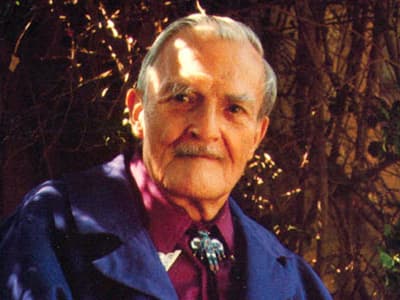If one statement could summarize Ericksonian hypnosis, I would say it is an artfully, vague form of communication with one's unconscious mind that fully utilizes elements in an environment to induce hypnotic trance and bypass the logical mind with indirect suggestions. Indirect suggestions were first introduced in the literature by the great hypnotist, Dr. Milton Erickson. With this method a person is encouraged to make several indirect suggestions to the unconscious mind, rather than direct commands.
Showing all 93 results



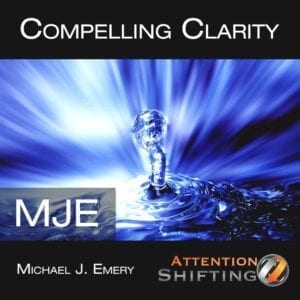


















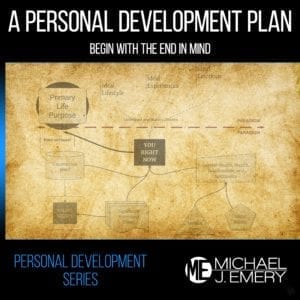




















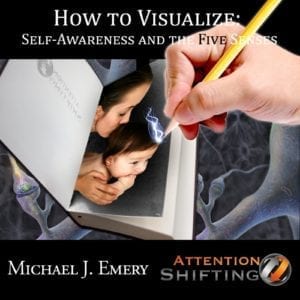
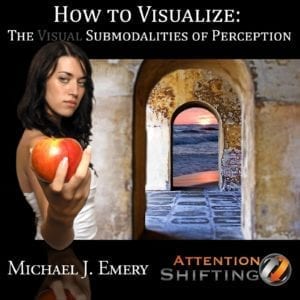

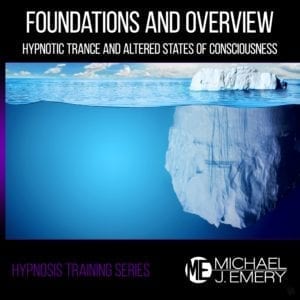



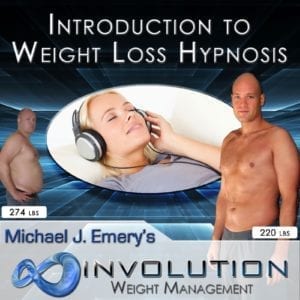

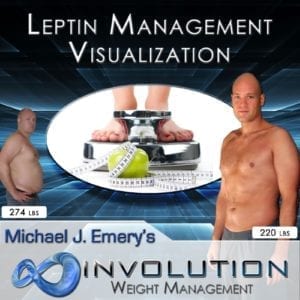



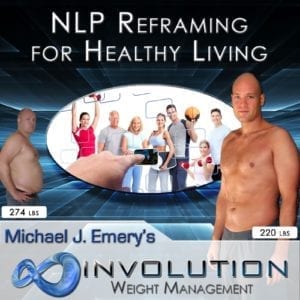


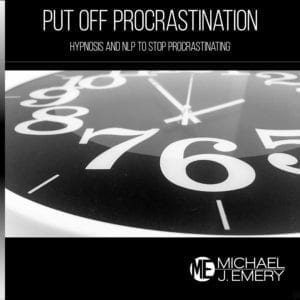

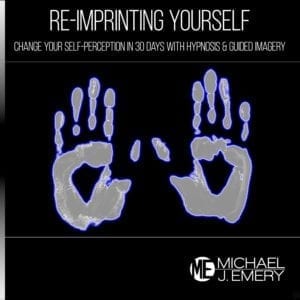



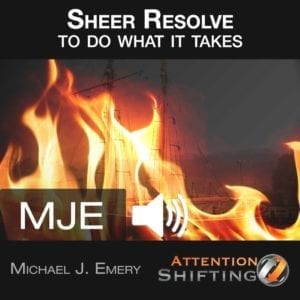



























In the July/August issue of the magazine Newman's, the science and art of hypnosis, Dr. Howard Marshall and Professor George Erickson set out to answer the question, "What is Ericksonian Hypnosis?" The editors asked that question in light of increasing interest in the field as a result of the bestseller, "The NLP Guide to Hypnosis." The article sought to answer this question by describing and discussing the Ericksonian Hypnosis, hypnotic induction, and the role of the hypnotherapist.
Erickson described the origins of Ericksonian hypnosis in his book, The Anatomy of Thought. He said that he learned hypnosis from his grandfather, Hans Erickson, and through his training with Dr. Milton H. Erickson. According to Erickson, the technique was named after him and since then has been referred to as Ericksonian hypnosis. The term, however, actually comes from the word Ericksonian, meaning "illustrious," and not from hypnosis, a word derived from Greek mythology.
Originally, Ericksonian hypnosis had its beginnings in London, England, with Dr. Milton Erickson's work and those of other teachers of that time, most notably Dr. W. H. Bandler. Although Erickson's grandfather, Hans, was a hypnotist and medical doctor, Ericksonian therapy is sometimes credited as being founded on Dr. Bandler's work. But according to Howard Marshall, author of Understanding Ericksonian Hypnosis, Dr. Ericksonian "offers more than just a description of how a man can be hypnotized; it offers a whole new language to speak about the phenomenon."
The term, Ericksonian hypnosis, comes from two sources, both of which are derived from Dr. Milton Erickson and/or his father, Dr. Hassen Erickson. One is Milton Erickson's birth name, Zeig, while the other hazel. In his book, Understanding Ericksonian Hypnosis, Howard Marshall points out that the term can be misused even by those trained in the art of hypnotherapy, as the real name means something completely different. Therefore, when using the term, Ericksonian hypnosis should not be used to refer to a form of clinical hypnotherapy.
Ericksonian hypnosis is usually defined as a method for inducing a trance that allows subjects to explore their past experiences and deal with traumatic events and other factors that may be influencing their present situation. Erickson developed a number of different approaches for accomplishing this task. In essence, he experimented with various combinations of relaxation techniques, emotional triggers, visual and auditory stimuli, as well as various medications and potions.
One of the most widely used approaches in Ericksonian hypnosis is called indirect suggestions. This technique was first introduced in the literature by the great hypnotist, Dr. Milton Erickson. With this method a person is encouraged to make several indirect suggestions to the unconscious mind, rather than direct commands. For instance, instead of requesting someone to inhale deeply, Ericksonian hypnotherapist may suggest that the subject close his eyes and listen to the sounds of a serene waterfall. Because these suggestions are not made directly to the unconscious mind, it is believed that this technique is more successful since it bypasses the critical conscious mind.
However, critics of Ericksonian hypnosis question the effectiveness of this form of hypnotherapy. For starters, since this form of hypnotherapy does not involve a direct approach to the unconscious mind, there are no guarantee of safety and the possibility for a slip into black-ops hypnosis. Another problem with this form of hypnosis is that its effectiveness has been debated since the early twentieth century. Proponents argue that since Ericksonian hypnosis relies on induction, it is considerably safer than other forms of hypnosis, such as covert hypnosis. But critics argue that induction cannot occur without the knowledge of the mental processes of the subject.
Another criticism of Ericksonian hypnosis centers around the so-called confusion technique. Ericksonian hypnotists argue that confusion technique is necessary in order to induce trance. The confusion technique is designed to make the subject look confused and wondering about his own reality and the situation. In hypnotic induction, on the other hand, one only needs to induce a state of general relaxation in order to achieve a state of profound trance.
Explore audio program categories utilizing the best techniques in neuro-linguistic programming, Ericksonian hypnosis, brainwave frequencies, and guided visualization.









